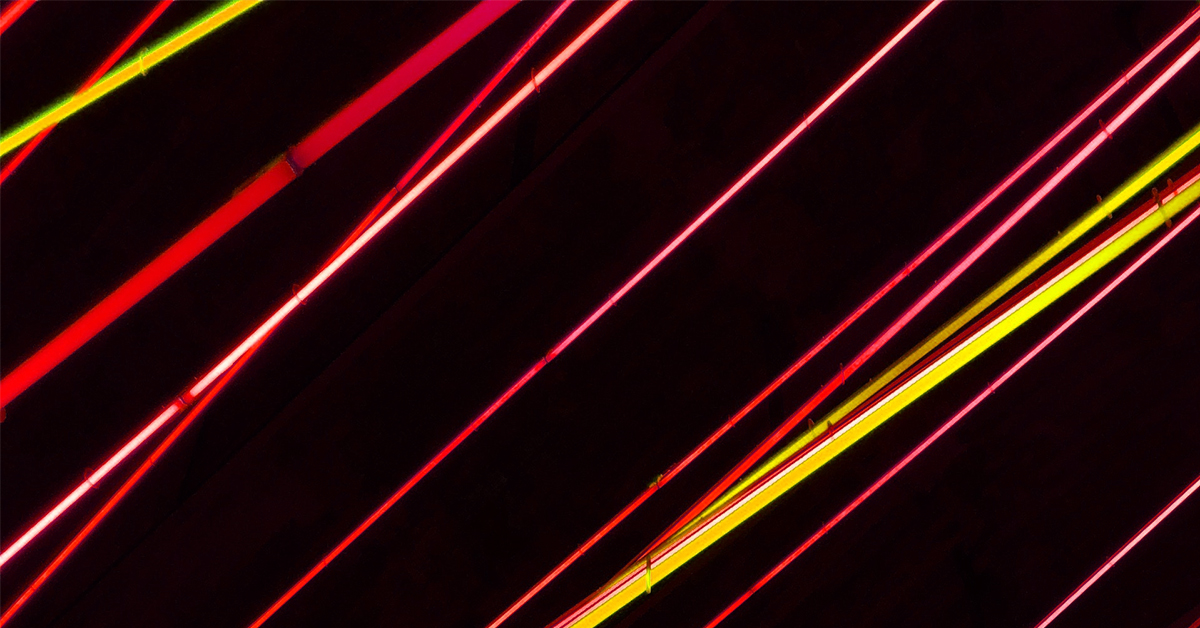
Photo by Fabio Tura on Unsplash
As the oil underneath the Earth’s crust continues to run dry, the transportation industry is forced to devise ever-smarter ways to propel their passengers from point A to point B. Speaking of the letter B, Boeing is not wasting any time.
Among the many applications that aim to reinvent the jet engine, Boeing’s latest attempt is nothing short of ambitious. Not only is their ‘Laser-Powered Propulsion System‘ clean and efficient, it also promises to make new inroads into space travel.
How it works (on paper)
The engine’s housing will apparently look the same as those of today’s jet engines. However, inside things will be a lot different: laser beams, nuclear bomb material, and turbines to collect the heat resulted from the reactions.
Here’s how it supposedly works, according to the abstract published by the United States Patent and Trademark Office (USPTO) last week:
- pellets of radioactive material (deuterium or tritium) sit inside a hollow chamber waiting to be blasted
- laser beams are fired at the pellets, causing nuclear fusion (the stuff of nuclear bombs, only on a much smaller scale)
- the mini thermonuclear explosion releases hydrogen gas that exits the back of the engine, compressed, producing thrust
(now here’s where it gets interesting) - the inside of the thruster chamber is coated with uranium 238, which generates heat by absorbing the neutrons left behind by the blast
- this ‘residual’ heat is then collected by a coolant which transfers it to a turbine
- the turbine uses the heat to produce electricity to power the lasers, thus repeating the process
Power efficiency at its finest! So far the contraption sits in the USPTO’s archives waiting to be built. But with a lot of hard work and determination from Boeing’s engineers, we should be able to see it in action during our lifetime. Those credited with inventing the laser engine are Robert Budica, James Herzberg, and Frank Chandler. According to the same patent filing, the technology could also be used to propel missiles, rockets to the moon, and even interplanetary spacecraft. Elon Musk will probably want to have a word with the inventors.
Post A Reply